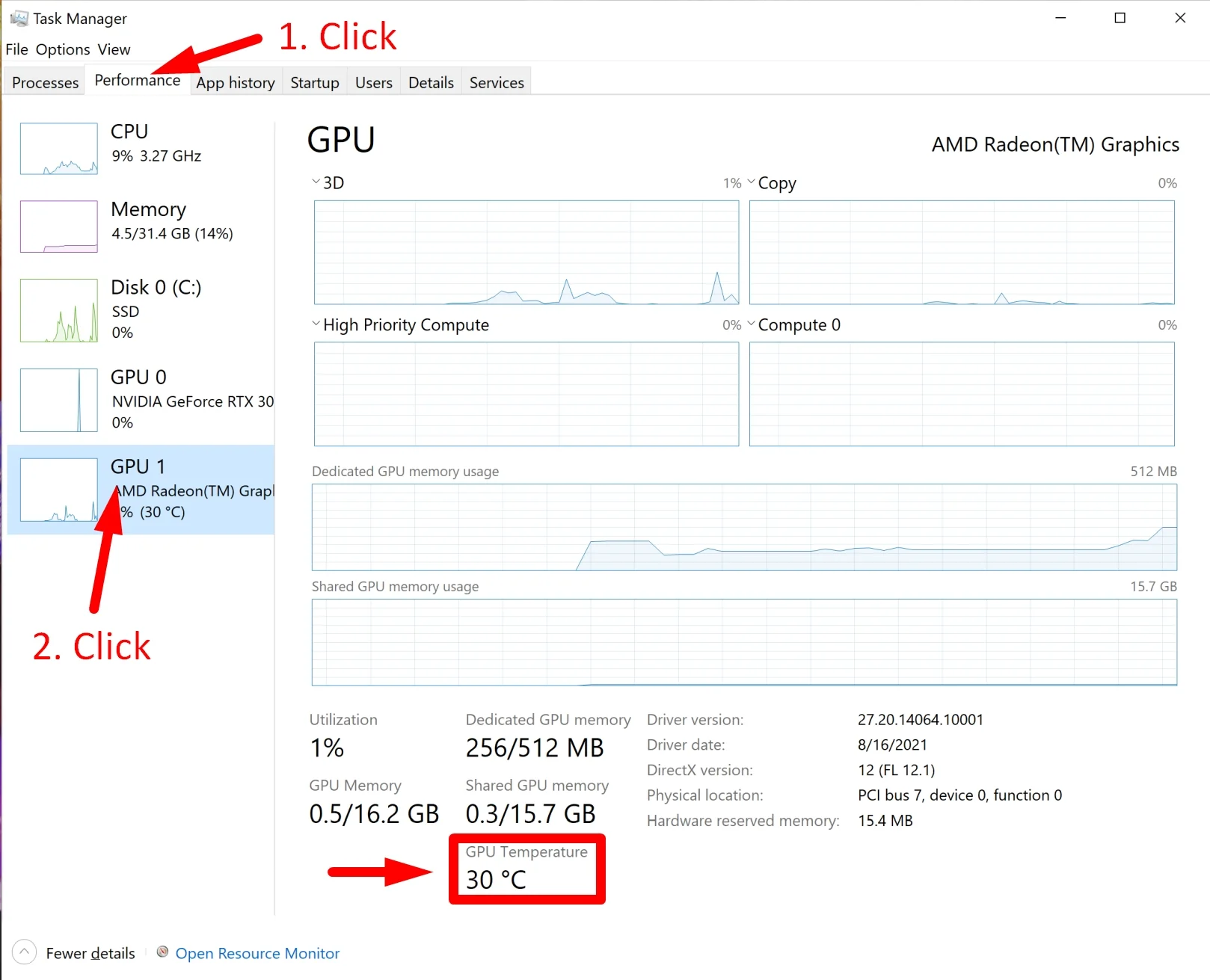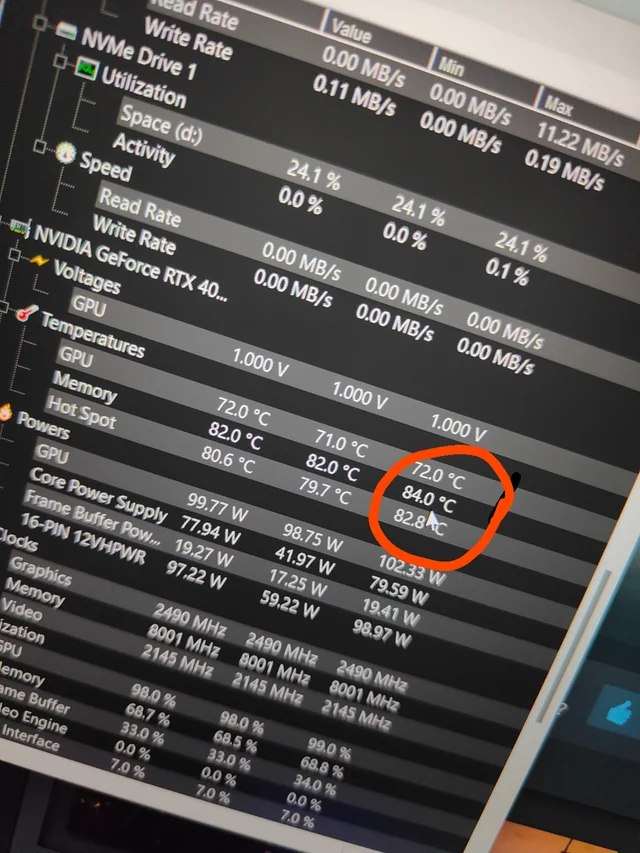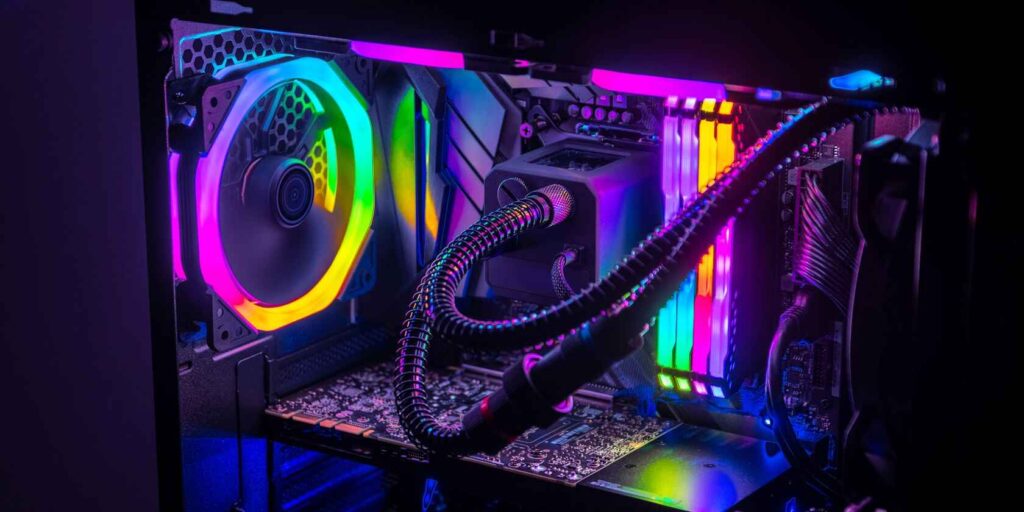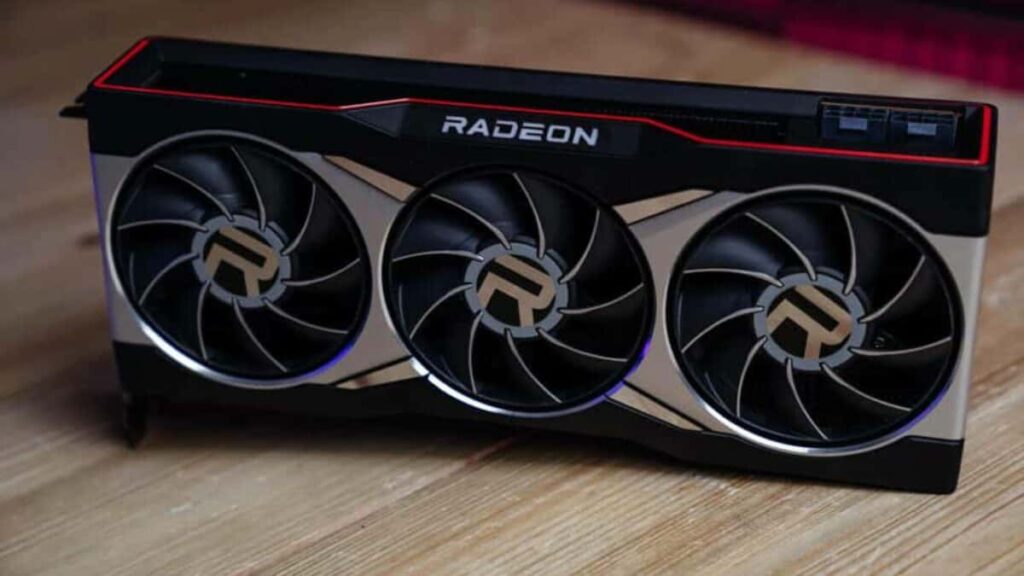What Temperature Should A GPU Run At – How Hot Is Too Hot for Performance?
As someone who’s dealt with GPU overheating, I am now confident about maintaining the perfect temperature for better performance and longer hardware life.
When under load, a GPU should typically run between 65°C and 85°C. Keeping it below 85°C ensures optimal performance and longevity. When idle, temperatures usually range from 30°C to 45°C. Use proper cooling to maintain these ranges.
This article will discuss “What Temperature Should A GPU Run At” to help you understand the ideal ranges for your GPU, what’s considered too hot, and tips for maintaining safe temperatures.
Understanding GPU Temperatures!
GPU temperatures are crucial for ensuring your graphics card runs efficiently. Typically, a GPU should stay between 65°C and 85°C during heavy use, like gaming or rendering. When idle, temperatures should be lower, usually between 30°C and 45°C. If your GPU consistently runs hotter than these ranges, it could indicate a problem with cooling or airflow.
High GPU temperatures can lead to thermal throttling, where the card reduces performance to avoid overheating. In extreme cases, overheating can cause permanent damage. Keeping your GPU within the ideal temperature range through proper cooling methods is essential for maintaining performance and prolonging its lifespan.

What Temperature Should a GPU Run at During Normal Use?
During normal use, a GPU should typically run between 30°C and 50°C when idle or doing light tasks. This temperature range ensures that the GPU is functioning efficiently without overheating. If your GPU is in this range during everyday activities like browsing or watching videos, it’s operating as expected.
Under heavier loads, such as gaming or rendering, the GPU temperature can rise to between 65°C and 85°C. These temperatures are still safe and indicate that the GPU is working at full capacity. However, if the temperature goes above 85°C, it may be a sign that the cooling system needs attention.

What Temperature Should a GPU Run At for Gaming and Streaming?
Optimal GPU Temperature Range for Gaming and Streaming:
- A GPU should ideally run between 65°C and 85°C during intense gaming or streaming.
- Temperatures above 85°C may cause performance throttling or overheating issues.

Signs Your GPU Might Be Too Hot:
- If the temperature exceeds 90°C, performance may suffer, and the GPU could shut down to protect itself.
- Look for visual glitches, frame drops, or sudden slowdowns during gaming or streaming.

How to Keep Your GPU Cool During Gaming and Streaming:
- Ensure proper airflow in your PC case with adequate fans and cooling solutions.
- Clean your GPU and case regularly to prevent dust buildup that can obstruct airflow.
- Consider using GPU monitoring software to keep track of temperatures while gaming or streaming.

What Temperature Should a GPU Run At Under Heavy Load?
When your GPU is under heavy load, such as during gaming or rendering, temperatures can rise. Ideally, a GPU should run between 65°C and 85°C in these situations. This range ensures the GPU is performing at its best without compromising its longevity or risking damage. However, temperatures above 85°C can lead to thermal throttling, where the GPU reduces its performance to cool down.
To maintain optimal performance, ensure your PC has adequate cooling. Clean the fans, use thermal paste if needed, and consider adding more ventilation. If your GPU frequently hits 90°C or more under load, it’s important to address the cooling system to prevent long-term damage and avoid unstable performance.

The Ideal Temperature Range for GPUs!
What Happens if a GPU Exceeds the Ideal Temperature Range?:
When a GPU temperature goes above 90°C, it can lead to several issues, such as thermal throttling or hardware failure. In this state, the GPU may automatically reduce its clock speeds, which can cause a noticeable drop in gaming or streaming performance. Over time, repeated overheating can also lead to permanent damage to the GPU, making it crucial to monitor temperatures regularly.

Why Keeping Your GPU Within the Ideal Temperature Range Matters:
Maintaining the right temperature for your GPU is crucial for stability. When the temperature gets too high, the GPU may overheat, causing crashes or sudden slowdowns. Running the GPU in the recommended range helps avoid these issues and ensures the system performs optimally during gaming or other high-demand tasks. It also prevents thermal damage that could shorten the lifespan of your hardware.

The Ideal Temperature Range for GPUs: What You Need to Know:
The ideal temperature range for most GPUs during heavy tasks like gaming or video rendering is between 65°C and 85°C. Within this range, the GPU performs at its best without overheating. Temperatures higher than 85°C can lead to performance throttling, where the GPU slows down to protect itself. If your GPU stays in this range, it will help ensure longer life and smoother performance.

What Temperature Should a GPU Run At to Prevent Overheating?
To prevent overheating, a GPU should ideally run between 65°C and 85°C during heavy use, such as gaming or video editing. Temperatures in this range ensure optimal performance without putting unnecessary strain on the hardware. Keeping the GPU cool within these limits helps maintain long-term functionality and prevents damage from excessive heat.
If a GPU exceeds 90°C, it can start to throttle performance, which means it will automatically reduce its speed to lower the temperature. Prolonged exposure to high temperatures can cause permanent damage to the GPU. To avoid overheating, ensure good airflow in your PC, use high-quality thermal paste, and invest in a proper cooling solution.

Keeping Your GPU Cool: What Temperature Should It Run At?
Keeping your GPU cool is essential for maintaining optimal performance and extending its lifespan. A typical GPU should run between 65°C and 85°C under heavy load, such as gaming or rendering. If your GPU consistently runs above 85°C, it may start to throttle its performance to prevent overheating, which can result in lag or crashes. Therefore, monitoring your GPU’s temperature is important to ensure it stays within a safe range.
To keep your GPU cool, ensure proper airflow in your PC case by using additional fans or upgrading your cooling system. Cleaning dust from your GPU and case regularly also helps improve airflow and cooling efficiency. If you’re overclocking your GPU, consider reducing the clock speeds or adjusting the cooling to prevent excessive heat buildup. Keeping the temperature in check ensures stable performance, allowing your GPU to run at its best for longer.

FAQs:
What is the normal temperature for a GPU?
A GPU should run between 65°C and 85°C during heavy usage. Anything above 90°C could be risky for performance and longevity.
Is 70°C too hot for a GPU?
No, 70°C is within a safe range for most GPUs during gaming or heavy tasks. It’s normal for GPUs to reach around 70°C to 80°C.
What temperature should a GPU run at when idle?
When idle, a GPU should be between 30°C and 45°C. If it’s much higher, you may need to check for cooling issues.
What happens if my GPU gets too hot?
If your GPU exceeds its safe temperature (usually above 90°C), it may throttle performance or even shut down to prevent damage.
How can I lower my GPU temperature?
Improve airflow by cleaning your PC, adding more fans, or using a more powerful cooling system. Overclocking can also raise GPU temperature, so consider adjusting settings.
What’s the best temperature for a GPU during gaming?
The best temperature for a GPU during gaming is between 65°C and 85°C. Temperatures above 85°C could lead to thermal throttling.
Can a GPU run at 100°C?
No, running a GPU at 100°C is dangerous and can cause permanent damage. If it reaches this temperature, immediate cooling adjustments are needed.
How do I know if my GPU is overheating?
Signs of overheating include sudden performance drops, crashes, or visual glitches. Use monitoring software to check your GPU’s temperature.
What temperature should a GPU run at during video editing?
For video editing, a GPU should ideally run between 65°C and 85°C. Extended use may push it closer to the higher end of this range.
Can GPU temperature affect gaming performance?
Yes, if the GPU runs too hot, it may throttle performance to prevent damage. Keeping it within the optimal range ensures smoother gameplay.
Final Words:
In conclusion, maintaining a GPU temperature between 65°C and 85°C ensures optimal performance and longevity. Temperatures above 85°C can lead to throttling and damage. To prevent overheating, ensure proper airflow, clean your system regularly, and consider upgrading your cooling solution. Keeping your GPU cool ensures stable performance and a longer lifespan.







